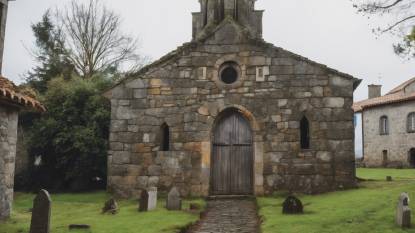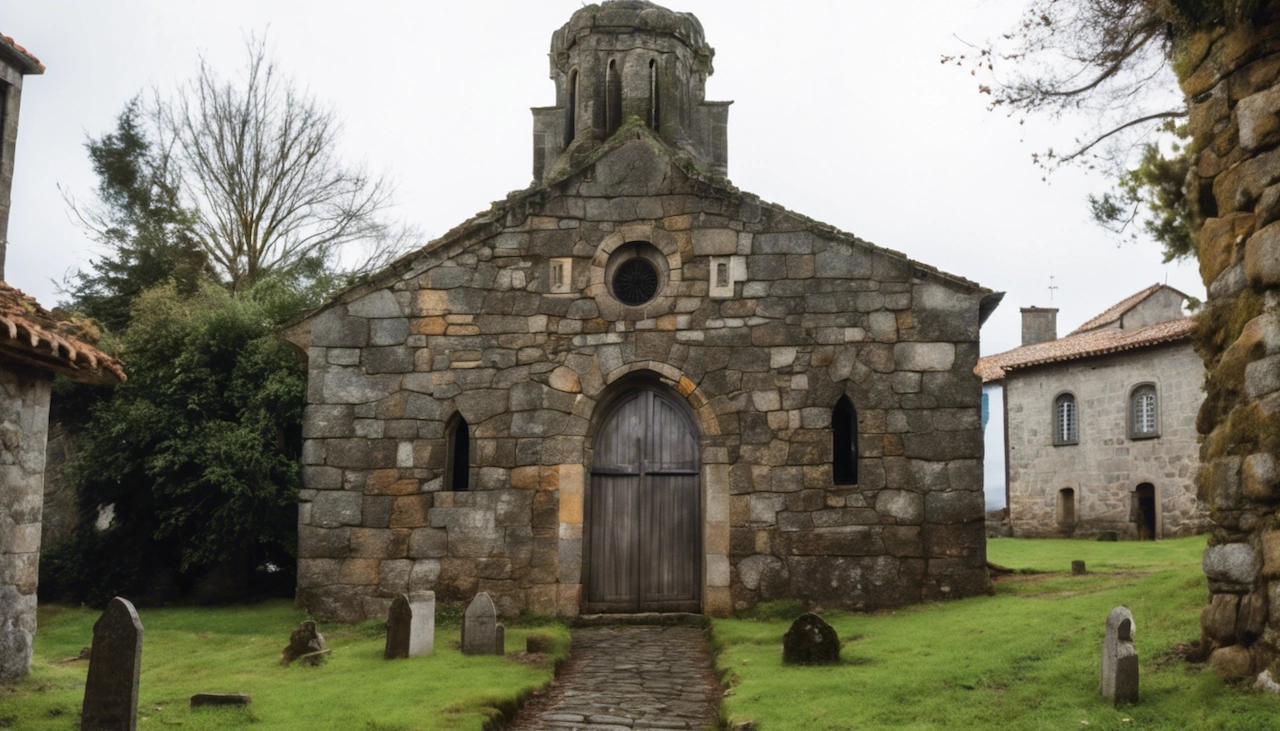
Camino Inglés: O Mesn do Vento to Hospital de Bruma - Stage 5
Posted: | Updated:
Reading time: 9 minutes
Camino Inglés: O Mesn do Vento to Hospital de Bruma - Stage 5
Posted: | Updated:
Reading time: 9 minutes
By: Simon Kemp, Editor
This relatively short segment from O Mesón do Vento to Hospital de Bruma is often seen as a transitional phase on the Camino Inglés route . As pilgrims embark from O Mesón do Vento, they are quickly immersed in the Galician rural landscape, a pastoral scene that has greeted travelers for generations. The walk is straightforward, with the route crossing the N-550, juxtaposing the pilgrims’ timeless journey with the rush of contemporary life.
The surrounding farmland presents a living tapestry of Galicia’s agricultural heritage, where the pace of life seems unchanged by the passage of time. The points of interest along this segment remind walkers of the deep history underpinning their trek, particularly the Pilgrim Monument at Leiro, which serves as a nod to the spiritual and historical significance of the Camino.
While this stage is shorter and less physically demanding, the challenges it presents are more about navigation and readiness for weather-related conditions, with careful attention needed when crossing the N-550. The lack of rest stops along this route encourages self-sufficiency and preparation, ensuring that pilgrims carry enough water and snacks to sustain them until they reach Hospital de Bruma.

Reaching Hospital de Bruma signals the end of this leg, providing a historical endpoint where pilgrims can find respite and perhaps ponder on the journey ahead, which has been trodden by countless seekers of spiritual and personal fulfillment through the ages.
Route Map
Detailed Breakdown of the Route
- Distance: 2.2km or 1.36 miles
- Starting at O Mesón do Vento: Pilgrims set out from O Mesón do Vento, a locality known as a crossroads for travelers throughout history.
- Traversing Open Countryside: The route quickly leaves the village and enters open countryside, characterized by a patchwork of fields and occasional farmhouses.
- Crossing the N-550: The trail intersects with the N-550 road, a notable modern infrastructure amidst the rural landscape.
- Approaching Hospital de Bruma: The stage concludes as pilgrims approach Hospital de Bruma, once an important pilgrim hospital on the Camino Inglés.
Changes in Terrain and Elevation
- The terrain is largely flat with slight undulations, which is a welcome change for pilgrims after the previous stage’s climbs.
- Rural pathways and compacted dirt tracks provide a steady walking surface, with minimal elevation changes throughout this shorter stage.
Points of Interest Along the Route
-
Galician Farmland: The route offers views of traditional Galician agricultural practices and indigenous flora and fauna.
-
Modern Road Crossings: The crossing of the N-550 serves as a reminder of the blend of old and new, as ancient paths meet modern-day infrastructure.
Potential Challenges or Difficulties
- The crossing of busy roads like the N-550 requires caution due to vehicular traffic.
- Inclement weather can make the rural paths challenging, potentially leading to muddy conditions.
Opportunities for Rest Stops
- There are limited services on this short stage, so pilgrims should plan accordingly before leaving O Mesón do Vento.
- Hospital de Bruma, as the destination, provides the main opportunity for rest, offering services tailored for pilgrims.
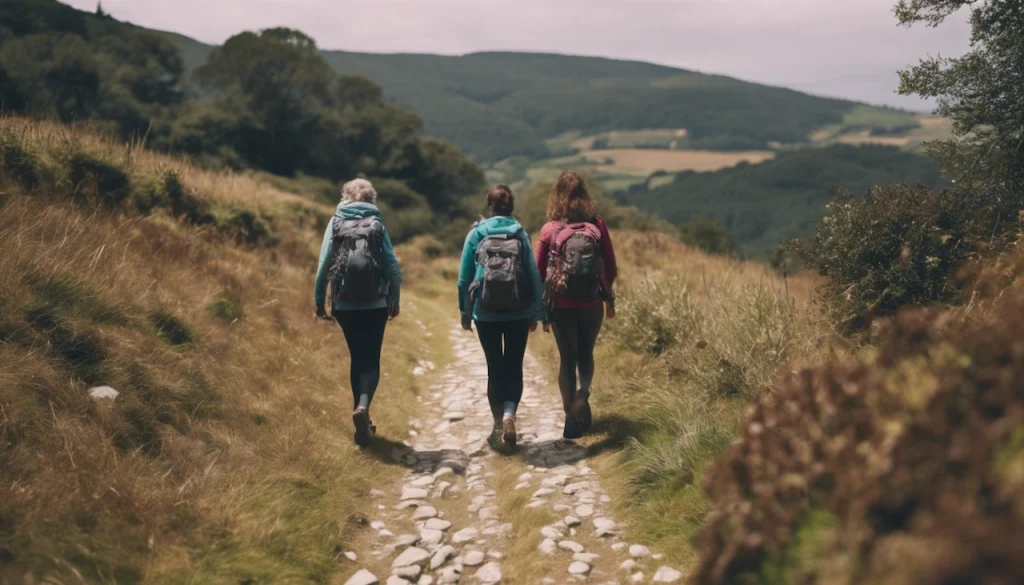
Departure point: O Mesón do Vento
O Mesón do Vento is that spot on the Camino where everything slows down, and you get to enjoy the simple stuff: good food, nice people, and the beauty of the Spanish countryside.
What’s O Mesón do Vento Like? Picture a laid-back little spot in Spain where you can kick back, surrounded by countryside vibes. O Mesón do Vento is that kind of place. It’s small, but it’s got that old-school Spanish charm mixed with a down-to-earth rural feel.
Its Spot on the Camino: If you’re walking to Santiago and need a place to take a breather, this village is smack-dab in the middle of your route. It’s the perfect place to take a load off before you get back to trekking.
Historical Significance
- Its Story: O Mesón do Vento might not be all about big historical landmarks, but it’s got a quiet history as a comfy stop for travelers for a long, long time.
- Why It’s Cool for the Camino: It’s been a chill spot for people walking the Camino for ages. It’s the kind of place that sticks with you because of its good vibes and friendly faces.
Noteworthy Spots
- The Village Church: It’s a simple church, nothing too fancy, but it’s got a good, peaceful feeling about it. It’s a nice spot to sit and think for a bit.
- Pensión Residencial 2 Estrellas: There’s history in the walls of this inn, where tons of pilgrims have stayed. It’s like a little piece of the Camino’s past right here in the village.
Amenities for Pilgrims
- Where to Stay: Whether you want a cheap spot to crash with other pilgrims or a quiet guesthouse all to yourself, O Mesón do Vento has got you covered.
- Food Options: The local spots here serve up some hearty Spanish food that’ll fill you up right. It’s simple, tasty, and just what you need after a day of walking.
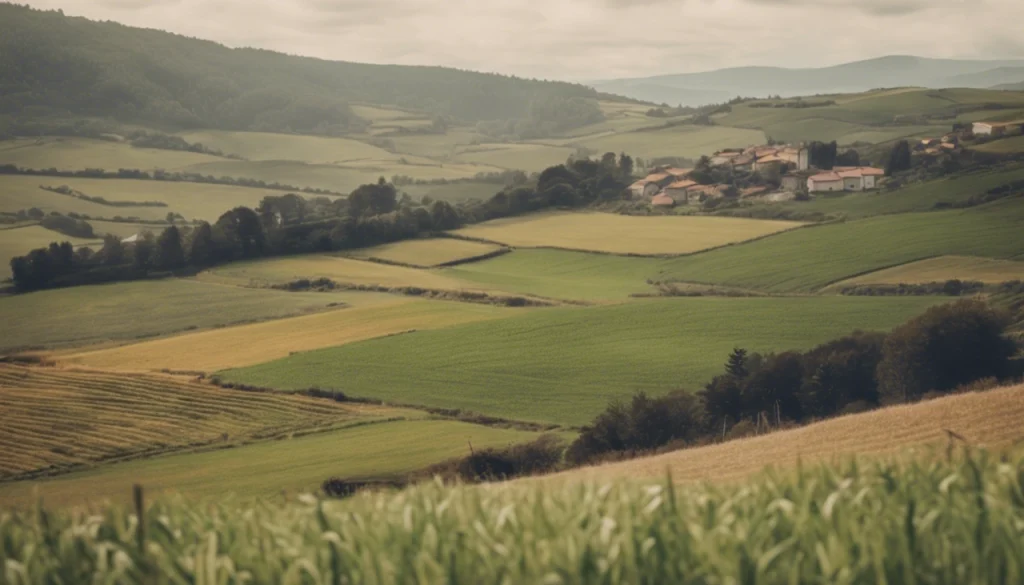
Annual Events
- Local Parties: The San Pedro festival here is a blast — think music, dancing, and a whole lot of eating together. It’s when the whole village comes to life.
Nature and Surroundings
- Nice Walks: Just outside the village, you’ve got these great paths through the hills and trees — perfect for some quiet time with nature.
- Windmills: Keep an eye out for the old windmills around. They’re pretty cool to look at and make for some great photos.
Pilgrim Experiences
- What Others Say: People who’ve stopped here usually talk about how peaceful it is and how it’s a great place to meet other pilgrims in a low-key setting.
Accessibility
- Getting Here: Walking’s not the only way to get here. If you’re not on the Camino, you can drive in on the local roads.
- Best Time to Visit: Spring or fall’s the time to come if you want good weather without too many people around.
Additional Information
- More Info: Swing by the local Camino group for tips on the best places to check out while you’re here.
- Travel Advice: Pack for all kinds of weather, and make sure your walking shoes are comfy. Trust me, you’ll want to explore every corner of this place by foot.
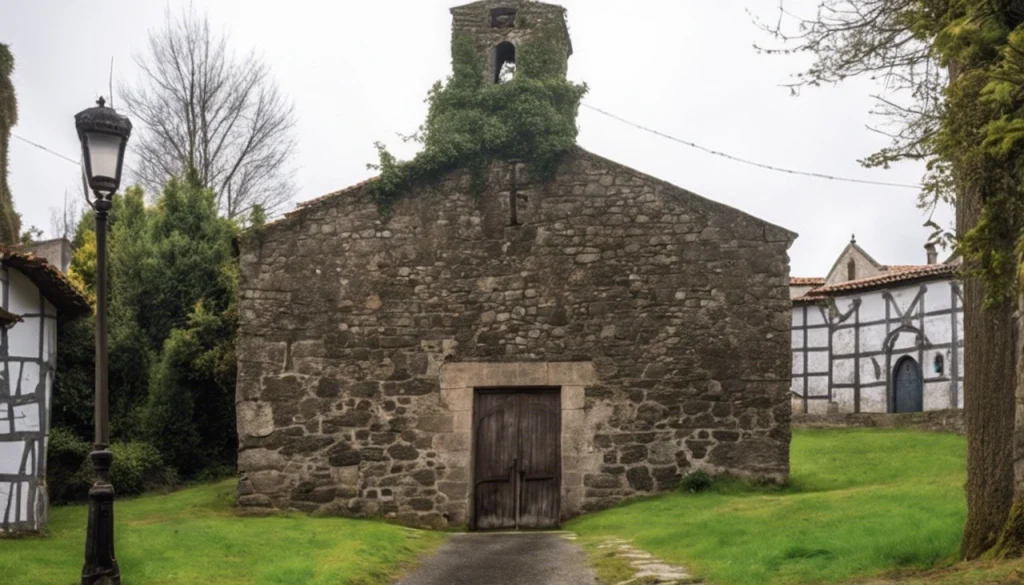
Destination: Hospital de Bruma
Hospital de Bruma is more than just a dot on the map for pilgrims traveling the Camino Inglés. This Galician enclave is steeped in the rich history of hospitality and care. Though small in size, its significance to the history of the pilgrimage is immense, having provided succor to countless travelers over the centuries.
The hamlet is a pivotal rest stop for weary pilgrims who have journeyed from Ferrol or A Coruña, offering a moment of respite before they continue on to Santiago de Compostela. Its existence is a living homage to the Camino’s ancient tradition of offering shelter and care to those on a spiritual quest.
Hospital de Bruma stands as a silent witness to the enduring allure of the Camino Inglés. Its role as a place of rest and healing remains as relevant today as it was in the Middle Ages, offering modern pilgrims a living link to the historic Camino.
Rest well here, because after the next stage (6) from Hospital de Bruma to Sigüeiro , you will only be one day away from your final destination of Santiago de Compostela!
Historical Significance
- Pilgrimage Heritage: The term ‘Hospital’ harks back to a time when such places were sparse yet vital sanctuaries offering medical care and rest. The legacy of Hospital de Bruma is enshrined in its dedication to pilgrims—a tradition that persists even though the original hospital has long since vanished.
- Connection to the Camino: Its deep-seated connection to the Camino is evident in the historical texts and the oral histories passed down through generations. The medieval hospital that once stood here is a poignant reminder of the charity and hospitality that underpin the Camino’s ethos.
Noteworthy Spots
- The Medieval Hospital Site: Visitors to Hospital de Bruma can walk the grounds where the medieval hospital once served as a beacon of hope. It’s a place that invites reflection on the countless stories of pilgrims who found solace within its walls.
- Local Chapel: The local chapel is a cornerstone of this tiny community. Although it might lack the grandeur of larger cathedrals, its significance is profound, offering a continuous place of worship and reflection for pilgrims throughout the ages.
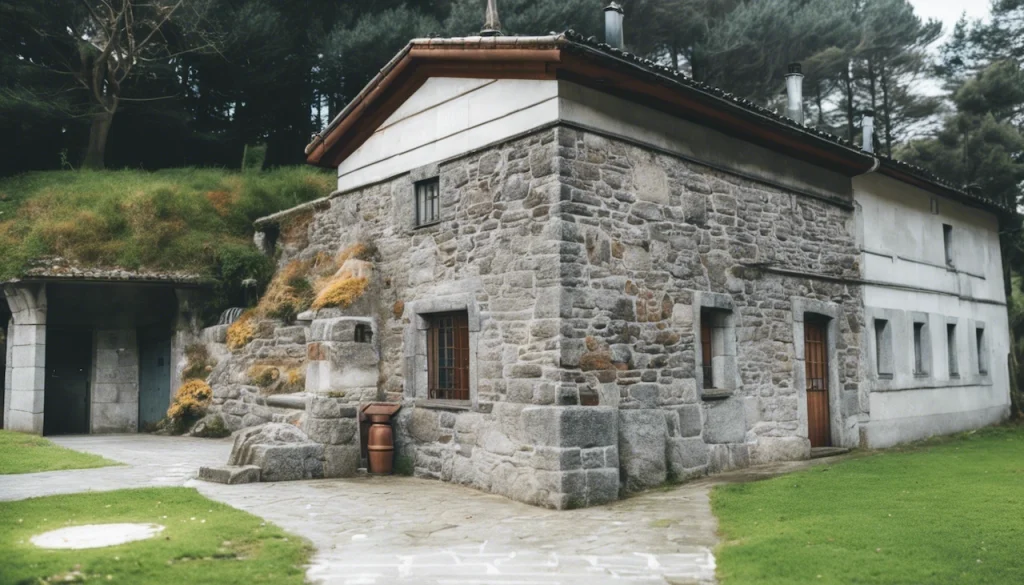
Amenities for Pilgrims
- Lodging: The hamlet provides albergues—pilgrim hostels—that are designed to offer the essentials: a bed, bathroom facilities, and often a communal kitchen. These accommodations are a hallmark of the Camino, fostering a sense of camaraderie among travelers.
- Dining and Supplies: With a limited number of local eateries, the food in Hospital de Bruma is reminiscent of home-cooked meals, hearty and nourishing—ideal for those who have spent the day on the trail. Small shops or the albergue itself may offer the basics in supplies for the journey ahead.
Annual Events
- Pilgrim’s Mass: The annual Pilgrim’s Mass is not only a religious event but also a cultural one, celebrating the shared experiences of those on the Camino. It’s a time when the narratives of diverse travelers interweave, creating a tapestry of shared humanity.
Nature and Surroundings
- Rural Landscapes: The hamlet is enveloped by the typical Galician countryside, characterized by rolling hills, dense eucalyptus forests, and traditional farmlands. This pastoral setting offers a tranquil backdrop, perfect for reflection and rejuvenation.
- Walking Trails: Marked trails meander through the surroundings, offering quiet, meditative walks. These paths are frequented by local fauna, and the flora changes with the seasons, providing a constantly evolving landscape.
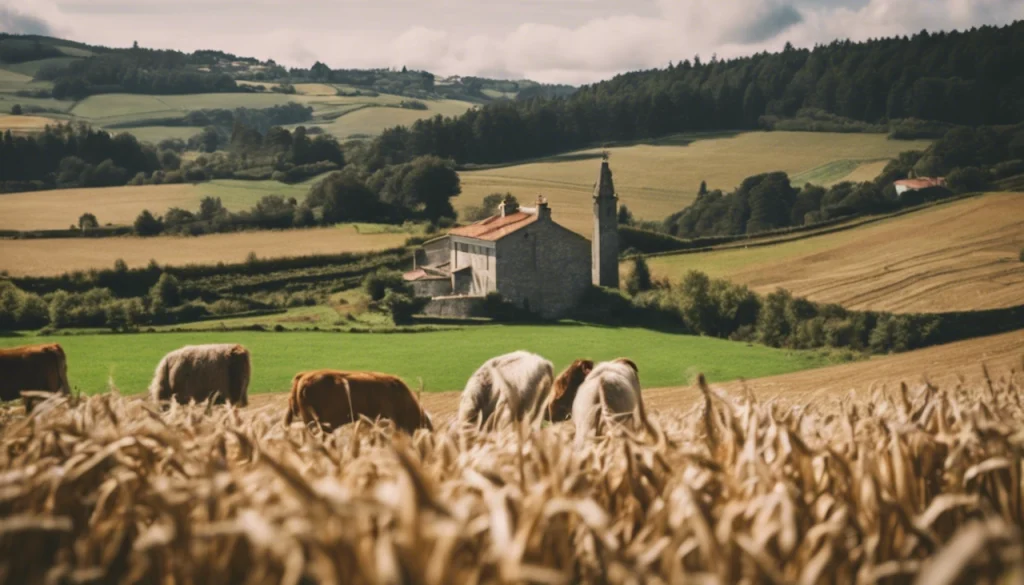
Pilgrim Experiences
- Reflective Atmosphere: The prevailing mood among visitors is one of quiet contemplation. The historical weight of the place combined with the natural tranquility affords a unique space where one can ponder life’s journey amidst the footsteps of countless pilgrims who have passed before.
Accessibility
- Transport Links: While most visitors arrive on foot as part of their Camino journey, Hospital de Bruma is accessible by car via local roads, allowing for supply runs or visits from non-pilgrim friends and family.
- Visiting Times: Though open year-round, the hamlet is most frequented from late spring to early fall, when the weather is most conducive to walking. Winter can be harsh, and the hamlet’s services may be reduced during this period.
Additional Information
- Guidance for Visitors: Current information on accommodations, the status of the walking trails, and other services can be obtained from local Camino support organizations or from online forums and guides dedicated to the Camino Inglés.
- Preparation Tips: Visitors should plan ahead, especially during the off-season, to ensure they have all necessary provisions. It’s also wise to carry a basic first aid kit, waterproof clothing, and enough cash, as card facilities may not always be available.
